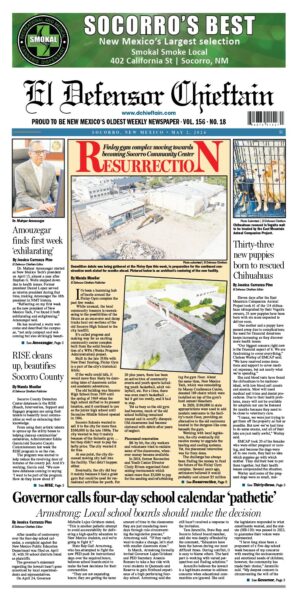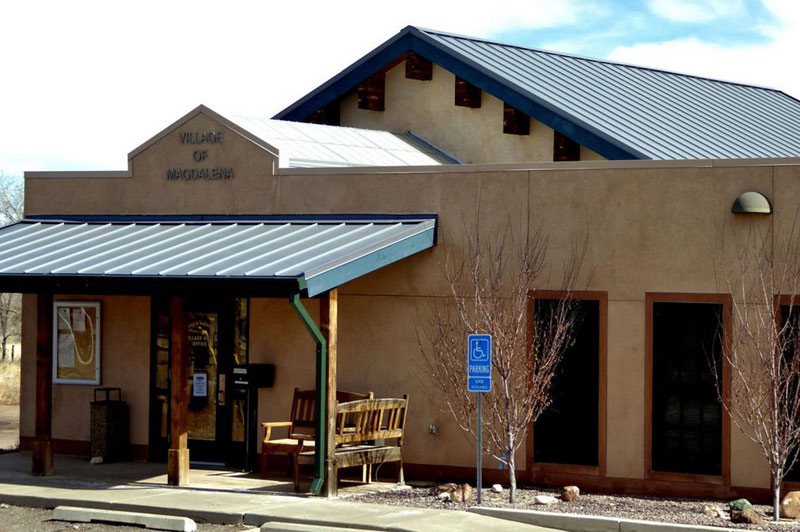
I recently purchased an old adobe house, and it’s a fixer-upper. With a small apartment next door, I have been working piecemeal through a laundry list of things that need to be done.
It’s a hodge-podge of puzzles with missing pieces all over the place. I have hot and cold water in the apartment’s laundry room but not in the bathroom. Showers have to be taken next door in the house that has limited electricity.
Everything works; it’s just a matter of setting one’s attitude in the right direction, grinning and bearing it as the work slowly progresses at the pace of a 100-year-old snail using a walker.
With so many things needing to be accomplished, I am frequently in and out the back door, which I often leave propped open for convenience. The backyard between the two dwellings is fenced, so I wasn’t too worried about animals getting inside, and things worked well until Ted and Helen arrived.
I needed to get up to date on all the types of birds that live in Socorro County, and after a quick review via a Google search, I was pretty sure that Ted and Helen were chimney swifts who had fallen in love with my house and wanted to move in. Apparently, Helen loved the atmosphere of the place, and Ted liked the dwelling for its roof and solid-looking walls.
I gently shooed them out of the house, and I was confident I had won the war and my little settlers would find a new place to establish their nest. However, when I walked outside, the two were perched on the Wi-Fi wire not six feet from the back door as they awaited their next chance to invade my house.
I’m not saying these birds were determined, but I found Helen looking through a carpet sampler last week, and Ted borrowed my tape measure. They have been shooed out of the place at least two dozen times, and a friend suggested perhaps using a more aggressive approach.
As I listened to all the suggestions of what could be done without violating the Migratory Bird Treaty Act of 1918, I realized I would have to up my game. I couldn’t allow a pair of feathers and fluff to push me around.
After reviewing the treaty, to ensure I wouldn’t be committing a violation, I went on the attack.
I attempted bribery, bought a pair of spiffy-looking birdhouses, and hung a bird feeder between them. A couple of days later, while having some morning coffee on the back porch, I saw Ted light on the front roof of one of the birdhouses with a twig in his beak.
It was a picture-perfect moment, and I was sure he was headed inside to add to what must already be a collection of feathers, tiny branches, and some of the soft cotton I left on the fence.
As if wanting to add to perfection, Ted cocked his head toward me, left a trail of his backdoor droppings on the birdhouse’s shingled roof, and flew up under my porch onto a light fixture. He added to a previously unnoticed tiny adobe dwelling he and Helen had quietly assembled while distracting me with flights into my renovation project.
My little backyard thugs were imposters, who were now well-established barn swallows within their treaty rights to nest and raise their young on my porch. Negotiations are underway between us, including a cardboard “poop” catcher, a newly installed bird bath, and no parties past midnight on Friday and Saturday.
According to a better source on birds, I should be a grandpa in the next three weeks.




















